Hazard warning surfaces
Contents |
[edit] Introduction
Hazard warning surfaces, also known as tactile paving, are textured ground surfaces that are used to assist pedestrians.
They come in a variety of forms and are commonly used in urban areas as a means of hazard warning for visually-impaired pedestrians at kerb edges, road crossings and gradient changes. They can also be used on cycle paths as a way of demarcating the area to be used by cyclists.
[edit] Blister tactile
Blister tactile surfaces are commonly used for pedestrian crossings with dropped kerbs, and consist of rows of flat-topped 6 mm-high domes or ‘blisters’ in a square pattern. For light-controlled crossings, blister paving should span the full width of the crossing, normally 0.8 - 1 m wide.
If the footpath is wider than 0.8 - 1 m, the paving should extended back by two or three courses to aid with detection.
Concrete or clay blister paving is usually provided in red, buff and ‘natural’ grey colours.
Stone blister paving can be used, with the blisters milled to a circular or square shape. This tends to be a more expensive option.
Metal ‘studs’ can be also be fixed to standard paving units, either by drilling and glueing or by using a high-strength adhesive or epoxy resin to fix them into position. Studs tend to be stainless steel with either a chromed or bronzed effect, and are retro-fitted once the paving has been installed. Studs can also be used as deterrence devices against skateboards and obstruction of access routes.
[edit] Offset blister tactile
This variation of blister tactile paving consists of ‘blisters’ spaced at 66.5 mm centres. These units are typically used to indicate the edge of off-street platforms in rail, tram and tube stations.
Any suitable paving material can be used to manufacture the paving units, and they are often coloured so as to contrast with the surrounding ground. The standardised layout of rail station platforms tends to mean it is easiest to use 400 x 400 mm or 450 x 450 mm pre-cast concrete units. The row of blisters must be parallel to the edge of the platform, and they are normally laid 500 mm back from the platform edge.
[edit] Lozenge tactile
This type of tactile paving is used for on-street platform edges, such as trams and bus stops. It comprises rows of around 6 mm-high lozenge shapes with rounded edges. They are usually buff coloured, but can be any colour. They should be installed to a depth of 400 mm parallel to the platform edge, and a minimum of 500 mm back from the edge.
[edit] Corduroy hazard warning tactile
This type of tactile paving comprises a rounded or rod-like surface protrusion which is often used:
- At the top and bottom of stairs.
- At the foot of a ramp.
- On a level crossing.
- Where a footway joins a shared route.
Rounded bars run transversely across the direction of pedestrian travel. The bars are around 6 mm high, 20 mm wide and spaced 50 mm from the centre of one bar to the centre of the next. They are typically made of pre-cast concrete, clay or natural stone.
[edit] Cycle way tactile
This tactile paving is intended to warn of cycle lanes, and is used on shared paving routes where the pedestrian side is not physically separated from the cyclist side. It comprises a series of continuous raised, flat-topped bars, each 5 mm high, 30 mm wide and spaced 70 mm apart. A central delineator strip should be made of a white material and be 12-20 mm high, 150 mm wide with sloping sides and a flat top of 50 mm.
[edit] Directional tactile
Also known as guidance tactile, this is intended to act as a guide across large paved spaces where a property line or kerb edge is not present. It can also be used as guidance around obstacles in a pedestrianised area such as street furniture.
It comprises a series of raised, flat-topped bars running parallel to the direction of travel. The bars are 5.5 mm-high, 35 mm wide and spaced 45 mm apart.
[edit] Related articles on Designing Buildings Wiki
Featured articles and news
Government consultations for the summer of 2025
A year of Labour, past and present consultations on the environment, the built environment, training and tax.
CMA competitiveness probe of major housing developers
100 million affordable housing contributions committed with further consultation published.
Homes England supports Greencore Homes
42 new build affordable sustainable homes in Oxfordshire.
Zero carbon social housing: unlocking brownfield potential
Seven ZEDpod strategies for brownfield housing success.
CIOB report; a blueprint for SDGs and the built environment
Pairing the Sustainable Development Goals with projects.
Types, tests, standards and fires relating to external cladding
Brief descriptions with an extensive list of fires for review.
Latest Build UK Building Safety Regime explainer published
Key elements in one short, now updated document.
UKGBC launch the UK Climate Resilience Roadmap
First guidance of its kind on direct climate impacts for the built environment and how it can adapt.
CLC Health, Safety and Wellbeing Strategy 2025
Launched by the Minister for Industry to look at fatalities on site, improving mental health and other issues.
One of the most impressive Victorian architects. Book review.
Common Assessment Standard now with building safety
New CAS update now includes mandatory building safety questions.
RTPI leader to become new CIOB Chief Executive Officer
Dr Victoria Hills MRTPI, FICE to take over after Caroline Gumble’s departure.
Social and affordable housing, a long term plan for delivery
The “Delivering a Decade of Renewal for Social and Affordable Housing” strategy sets out future path.
A change to adoptive architecture
Effects of global weather warming on architectural detailing, material choice and human interaction.
The proposed publicly owned and backed subsidiary of Homes England, to facilitate new homes.
How big is the problem and what can we do to mitigate the effects?
Overheating guidance and tools for building designers
A number of cool guides to help with the heat.
The UK's Modern Industrial Strategy: A 10 year plan
Previous consultation criticism, current key elements and general support with some persisting reservations.
Building Safety Regulator reforms
New roles, new staff and a new fast track service pave the way for a single construction regulator.






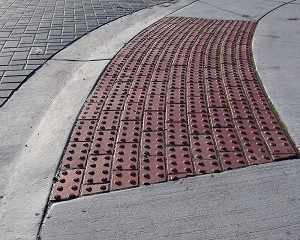
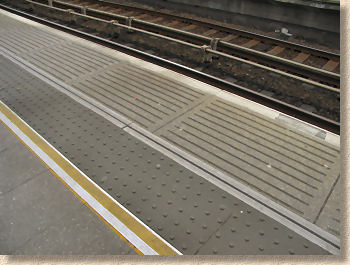
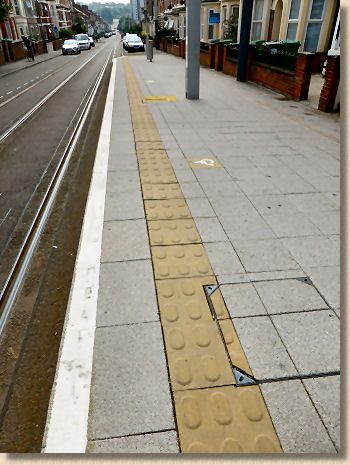
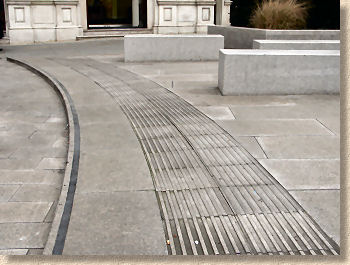
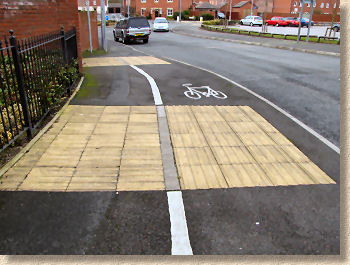
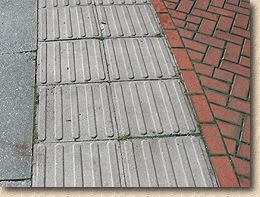



















Comments
Could anyone suggest a company manufacturing the central delineator strip described under Cycle Way Tactile, meeting the requirements described in the article ("should be made of a white material and be 12-20 mm high, 150 mm wide with sloping sides and a flat top of 50 mm.")?